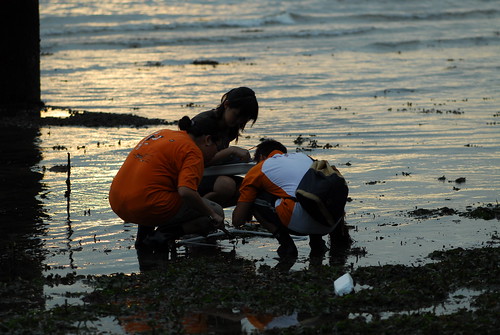I changed the blog name has been changed to "Labrador Rocky Shore" instead of Labrador Park. Well, "labradorpark.blogspot.com" is occupied by the Seagrass Angels' now defunct 2007 blog as they shifted to wordpress. I did not ask for the blogspot domain either as Labrador Park includes the larger recreational area in addition to the nature reserve. Since the posts here tend to be restricted to the rocky shore organisms, the more accurate name has been adopted.
The blog includes two pages prepared by Leong Wai in 2004 when we started this project - a simple introduction and a photo gallery. I'll shift those to pages later.

This blog was originally switched to the Habitatnews server after Leong Wai encountered difficulties with Blogspot in August 2004.
A few years ago, I had begun shifting most of my active blogs back to blogspot such as Cycling in Singapore and The Biology Refugia . Since this blog has been relatively quiet after Wai and the UROPS students who came after her graduated, I left it alone.
This morning, however, Blogger reminded me that FTP support will end by end-April. So I had to shift. Blogspot is really lovely to use these days. Shifting this small site was instantaneous and widening the html wrapper to accommodate 500-pixel width images was simple and immediate.
Meanwhile, just in case, I left the old index page at:
http://habitatnews.nus.edu.sg/news/labrador/blog/oldindex.html


